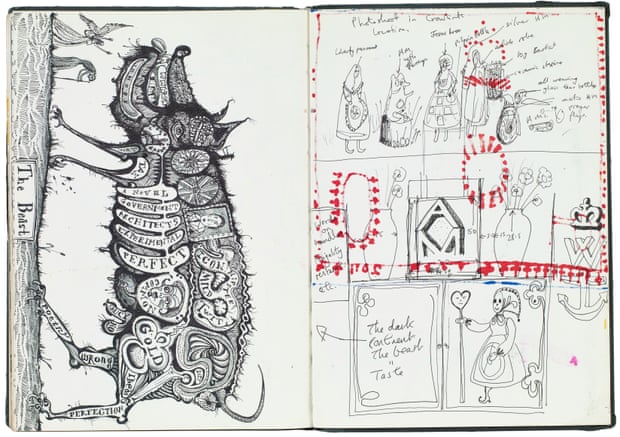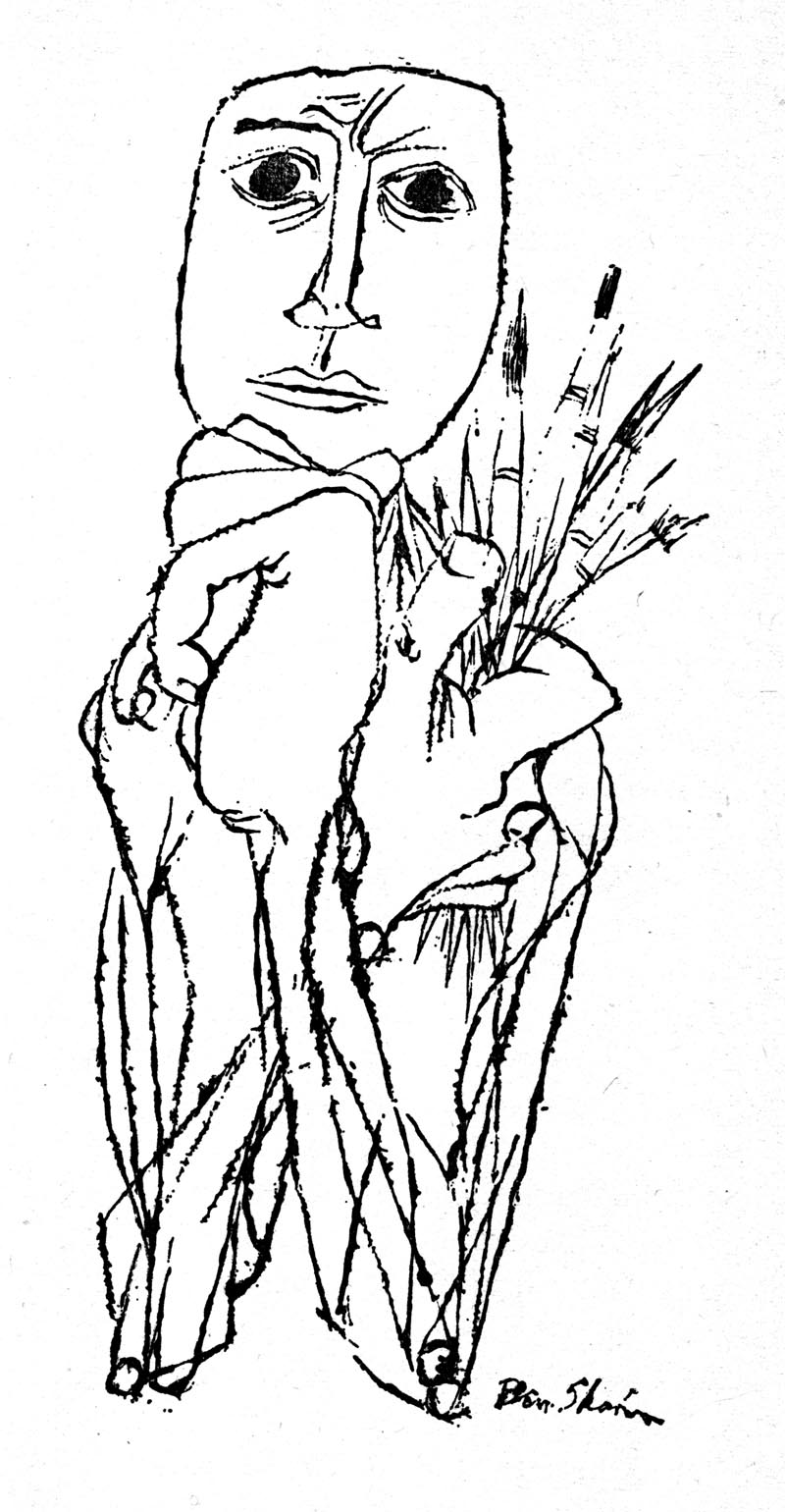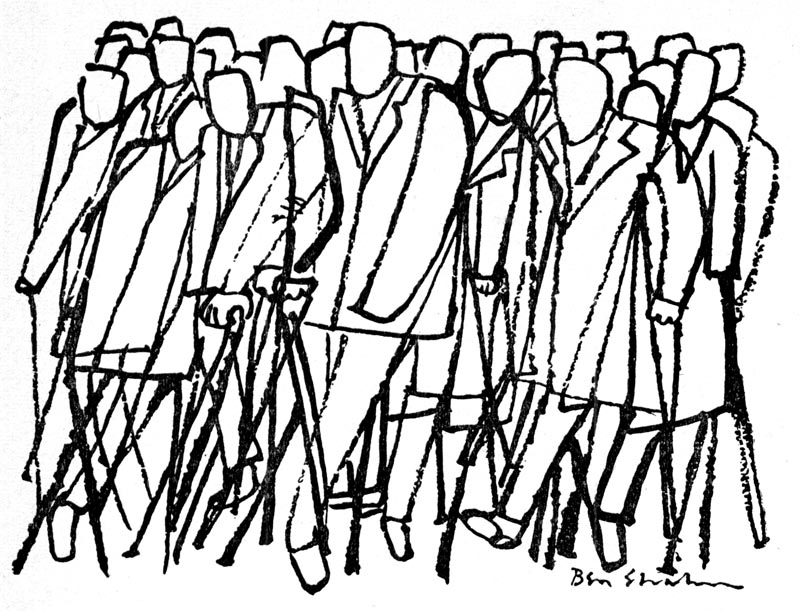While I initially thought about trying to make each piece in the style of what it was supposed to representing, e.g. a chair painted in a characteristically Cubist style to show 'Cubist Art', trying to work in this way might be limiting with things like 'Performance Art' or 'Conceptual Art'.
Instead I've been thinking about what I consider to be the most accessible kinds of pictures:
- DRAWING & PAINTING - the most recognisable types of art. I definitely want the art work for my book to be handmade. Digital work is too perfect, and even digital imperfections seem less authentic than handmade mistakes.
- MISTAKES - I'm a strong believer that imperfections are crucial to a drawing being accessible, as what I'll call 'human charm' is what can make art so wonderful and awe-inspiring. In the same way that I consider photo-realist drawing and painting to be a bit naff, I can only put genuine investment behind something that is less-than-perfect.
- LOOSENESS + LACK OF SELF-CONSCIOUSNESS - this kind of follows on from above, but my point is that I consider the free visual play that you see in people's sketchbooks or rough drawings as the portal to pure, untapped creativity. When all pretensions and lofty ideas surrounding finished products and what is high and low art are stripped away. I've been thinking about this a lot since getting Grayson Perry's (again) Sketchbooks earlier this year. It's just a big visual compendium of lots and lots of sketchbooks he's kept throughout the years.
Also - Ben Shahn. My absolute artist hero. Personally I believe his work to be the most accessible I've ever seen.
I'm thinking that my finished book is likely to end up being an odd mismash of aesthetics, but I'm actually quite intrigued by this idea. It might be good for my practice to be a bit more playful in how I make my work. This whole project has been an investigation into the inaccessibility of art, so if I'm making an accessible guide to art, surely the work should be made in a way that I find accessible?
This might be a riskier decision that to work in a more obviously representational way, but I'm prepared to take that risk here.




No comments:
Post a Comment